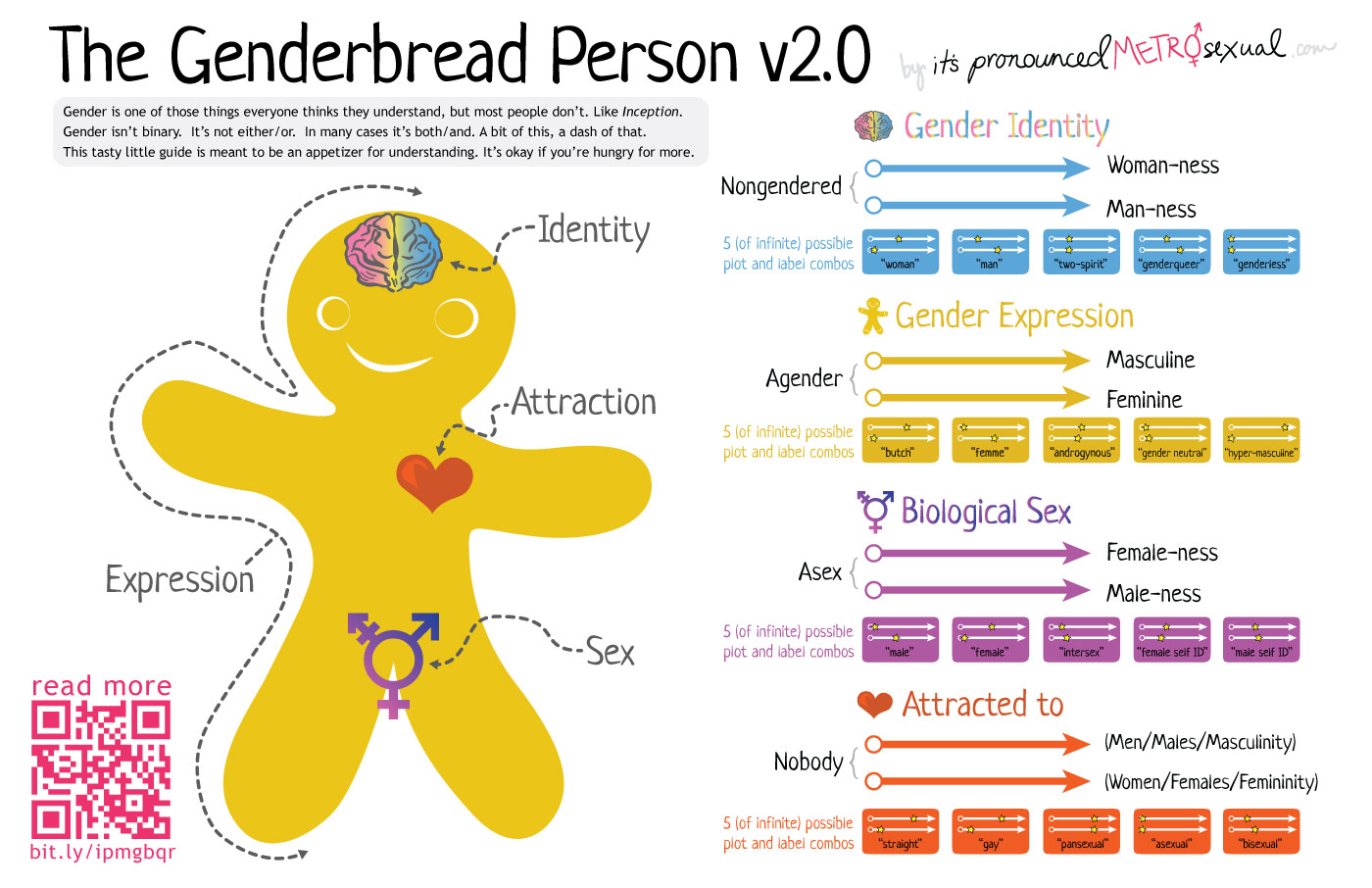In the second installment of our roundtable eon Cory D. Mitchell and M. Therese Lysaught’s “Equally Strange Fruit: Catholic Health Care and the Appropriation of Residential Segregation,” I am pleased to be able to offer my own comments and as a complement to Lorraine’s insightful reflections.
At the outset, I want to state that I deeply appreciate Mitchell and Lysaught’s compelling evaluation of Catholic health care’s complicity in residential segregation. Although this complicity is often unwitting, as Mitchell and Lysaught carefully articulate with the help of Kaveny’s description of how one might “ratify” the evils one appropriates, it is nonetheless real. On this point, Mitchell and Lysaught’s accounts of the active ways Catholic hospitals reinforce racial segregation were particularly effective.
What is significant here, I think, is the sustained analysis of residential segregation as a social determinant of health. Far too often, bioethicists—especially Catholic bioethicists—tend toward the analysis of discrete actions rather than structural forces. There are a host of reasons for this tendency, but the major effect is that bioethics gives outsized attention to the medical factors that influence only about 10-20 percent of health outcomes and insufficient attention to the non-medical factors of behavior and environment that contribute approximately 60-70 percent to health outcomes. In a recent conference presentation, I proposed correctives for this discrepancy at the level of personal moral discernment, and so I really like the structural-level evaluation in this article. On the whole, health care ethics needs to attend to the issues Mitchell and Lysaught outline here with the kind of intensity they model so well.
Given my sympathies with their larger goal of shifting the health care ethics discourse, my questions in response to the article are not really criticisms per se, but more reflective connections for how we might interpret their arguments and further their challenges to the status quo.
I like the detailed development of Kaveny’s category of appropriation of evil—an outstanding article that generally deserves ever more engagement from Catholic moral theologians, as Mithcell and Lysaught suggest. I found myself thinking a lot about another of Kaveny’s articles, though, one that appeared in America, and that questions the usefulness of the category of intrinsic evil in public discourse.
When arguing that residential segregation is an intrinsic evil according to the standards set for that term in John Paul II’s Veritatis Splendor, Mitchell and Lysuaght note that they are intend to “bracket the question of whether the category of intrinsic evil remains theologically tenable” (37n10), so Kaveny’s concerns in this other article are somewhat beyond their established purview. Nevertheless, I think some engagement with her evaluation of the category of intrinsic evil would help Mitchell and Lysaught sharpen their critique of residential segregation and, potentially, strengthen the argument that Catholic health care needs to commit itself to a new kind of conversion in the face of its appropriation of this evil.
One of the most salient points in Kaveny’s intrinsic evil article is that this category “does not by itself say anything about the comparative gravity of the act.” In other words, intrinsically evil acts are always wrong because the object of these acts always contradicts the moral order, but not every intrinsically evil act is gravely evil, and it is quite possible that an intrinsically evil act would be less grave than an act that is not inherently evil in its object.
Given the analysis in Mitchell and Lysaught’s article as a whole, I get the strong sense that the authors want to convey that residential segregation is a serious problem—even a grave moral evil. After all, the severity of this evil (in its effects on health) is one of the reasons they assert Catholic health care must attend to its complicities with residential segregation more critically. When analyzing the situation morally, though, they rely on the category of intrinsic evil exclusively, seeming to imply that by establishing residential segregation as intrinsically evil they have therefore proven its moral gravity.
Notably, I do not think there is a complete conflation of intrinsic evil and moral gravity going on in Mitchell and Lysaught’s analysis because the account of residential segregation’s impacts on cardiovascular disease disparities advances an argument about the seriousness of this problem apart from the category of intrinsic evil. Nevertheless, there is not a sustained account of the question of moral gravity in moral terms. Given Kaveny’s comments about the important distinctions between intrinsic evil and moral gravity, I think the argument would benefit from some more explicit evaluation of the (serious) moral gravity of residential segregation.
With a more direct account of the gravity of this problem, I believe the purpose of appealing to the category of intrinsic evil would also become clearer. At the moment, Mitchell and Lysaught offer that they rely on the category in part because “it remains an operative category in Catholic moral theology” (37n10), and in that context they want to see it receiving as much attention as the other intrinsically evil acts that take most of the oxygen out of the room in Catholic health care debates (i.e., abortion and contraception) (39). Later, they state, “insofar as residential segregation can be categorized as an intrinsic evil, Catholic health systems have an obligation to seek to dismantle this system rather than to profit from or help to maintain it,” suggesting that the category has a functional force in their argument about reducing Catholic health care’s complicity (48n46).
I am struck, though, by a certain discrepancy here. On the one hand, these links seem to be based not so much on residential segregation’s intrinsic evil as on its status as a grave moral evil. On the other hand, the picture is also complicated by the fact that intrinsic evil is properly a term for moral acts. There is a clear way in which abortion and contraception are moral acts, but residential segregation is not an act in the same way. (Yes, there is an “act” of residential segregation in redlining or perhaps in a family’s intentional choice to move out of a certain neighborhood, but I do not think this is the focus of Mitchell and Lysaught’s analysis.) In fact, the real concern seems to be with the state of residential segregation rather than the act of residential segregation. In this context, the judgment that it is an intrinsic evil is really about the ways this state of affairs cannot be turned to good ends for the people who live in segregated communities. This, again, seems to be a concern for gravity more than intrinsic evil.
Ultimately, as I say above, I am extremely sympathetic to this project and I have to no qualms about the main argument. I find myself wondering about the role that Mitchell and Lysaught intend for the category of intrinsic evil, though, so I think some more attention to the distinctions between intrinsic evil and moral gravity might help to highlight how and why they are employing this category and, hopefully, further reinforce their important challenge business as usual in Catholic health care.






Trackbacks/Pingbacks